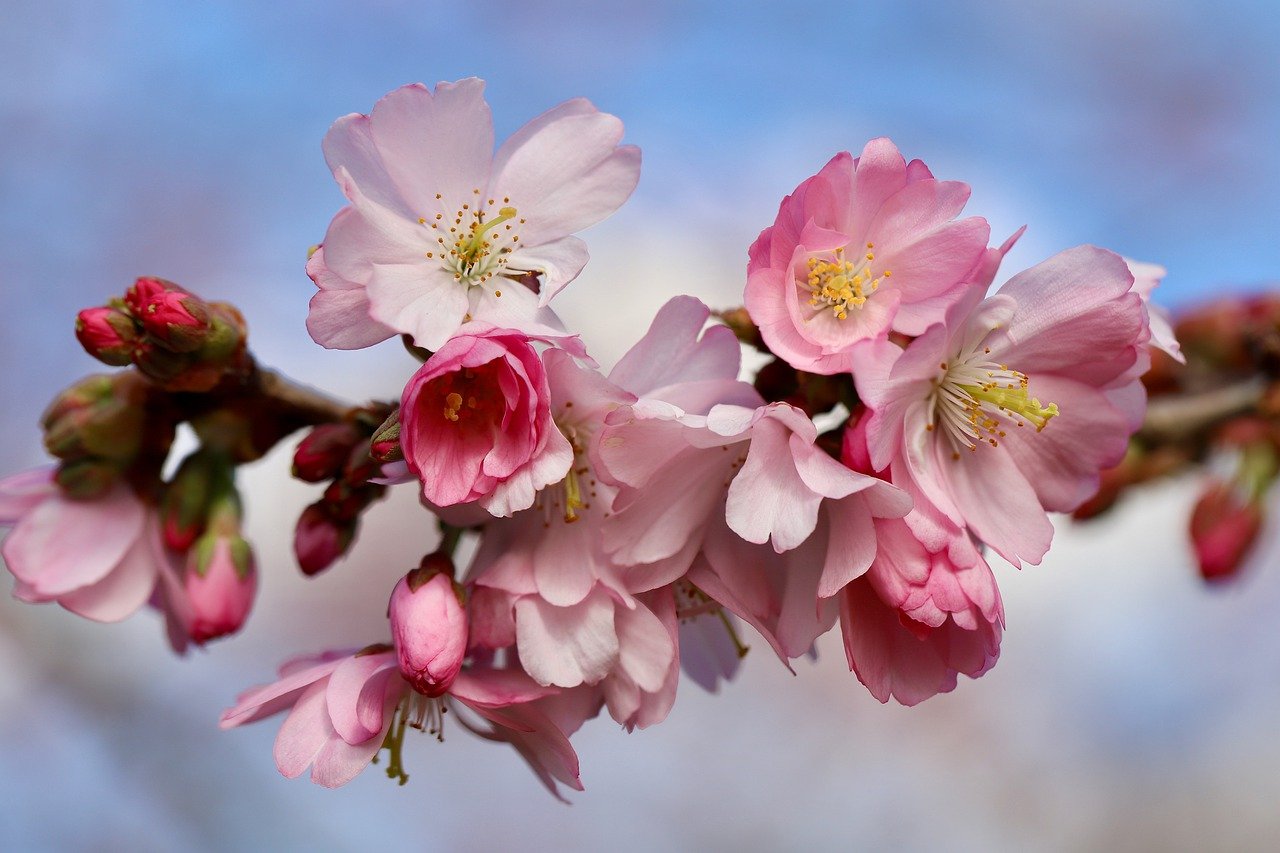About Japanese Seasonal Greetings
In Japanese correspondence, it is customary to begin with a seasonal greeting, known as “時候の挨拶 (jikou no aisatsu)”. This is likely due to Japan’s four distinct seasons and the Japanese people’s sensitivity to the changes in climate and nature.
The seasonal greeting serves as an opening to establish a friendly and respectful tone for the correspondence, and it is considered impolite to omit it. It is also a way to acknowledge the passing of time and the beauty of nature, which is highly valued in Japanese culture.
Examples of Japanese Seasonal Greetings
Here are some examples of Japanese seasonal greetings that are commonly used:
- 春 (haru) – Spring: 春が来ました。お元気でお過ごしですか? (Haru ga kimashita. Ogenki de osugoshi desu ka?) – Spring has come. How have you been?
- 夏 (natsu) – Summer: 暑い夏がやってきました。お体に気をつけてください。(Atsui natsu ga yatte kimashita. O karada ni ki wo tsukete kudasai.) – The hot summer has arrived. Please take care of yourself.
- 秋 (aki) – Autumn: 今日は秋の爽やかな風が吹いていますね。お元気でお過ごしですか?(Kyou wa aki no sawayaka na kaze ga fuiteimasu ne. Ogenki de osugoshi desu ka?) – Today, there is a refreshing autumn breeze. How have you been?
- 冬 (fuyu) – Winter: 寒い冬がやってきました。風邪などひかれませんように。(Samui fuyu ga yatte kimashita. Kaze nado hikaremasen you ni.) – The cold winter has arrived. Please don’t catch a cold.
These seasonal greetings are often followed by a personal message or a request, depending on the nature of the correspondence.
Other Countries with Seasonal Greetings
Japan is not the only country that has a tradition of including seasonal greetings in correspondence. Here are some examples of other countries that have similar customs:
- China: In Chinese correspondence, it is common to include a greeting that references the current season or upcoming festival, such as the Lunar New Year or the Mid-Autumn Festival.
- Korea: Korean correspondence often begins with a seasonal greeting, or “cheon-ga,” that acknowledges the current weather or season.
- Vietnam: In Vietnamese culture, seasonal greetings are often used to express gratitude and well-wishes during important holidays, such as Tet (Lunar New Year) or Mid-Autumn Festival.
- India: In some parts of India, it is customary to use seasonal greetings that reflect the current weather or festival season, such as “Happy Diwali” during the festival of lights.
Like in Japan, including a seasonal greeting in correspondence is a way to show respect, consideration, and appreciation for the natural world and the passing of time. It is a universal practice that reflects the importance of cultural customs and traditions in maintaining social harmony and connection.



コメント